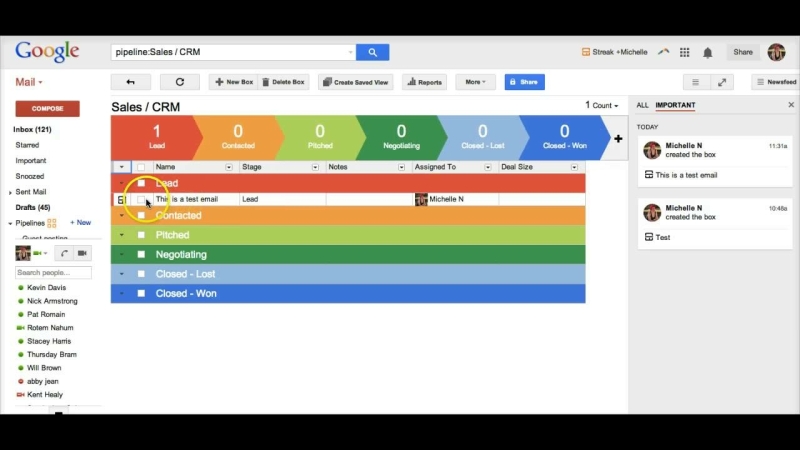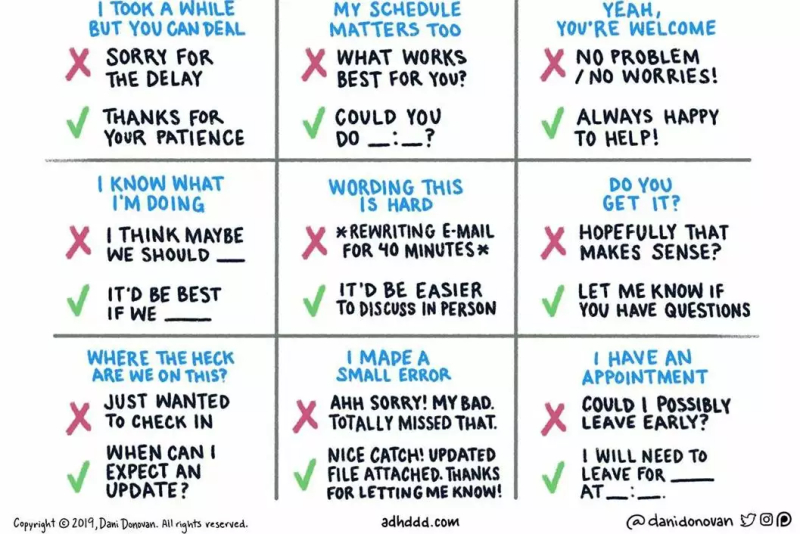Knowing how to manage your inbox can feel like a full-time job as an interior designer. It might be challenging to keep up with the constant stream of messages from clients, contractors, and vendors. Nevertheless, if you spend too much time checking your email, you might not have the time or energy to work on expanding your business. Here are my top five suggestions for cutting down on inbox time:
1. Train your interior design clients when to email you
Client communications are one of the greatest causes of an overloaded inbox. While being accessible to your consumers is important, it's also crucial to establish boundaries. Inform your customers when they should email you and when they can anticipate a response.
For instance, instruct your clients to open a fresh email message and gather their findings over the course of the following week rather than having them bombard you with every thought they have about the interior design. Don't hit "send" just yet; instead, keep compiling your findings regarding the email concept. By Sunday is the time by they've got to submit their conclusions to you. This way w We'll keep it nice and organized. "On Wednesday, I'll respond to you with a point-by-point reaction, so we'll all be working wonderfully effectively. And of course, you can always get in touch with me if there is a Mayday!"
Do you see how much time you'll save by making just one change in your inbox? You'll be able to better manage your inbox and prevent becoming overburdened by doing so early on.
2. Use e-mail templates to save time
If you frequently write the same kind of email, you might want to think about making templates. This can involve giving answers to frequently asked questions or sending emails as a follow-up to meetings. You'll be able to rapidly reply to messages without wasting too much time constructing the ideal response if you have templates available.
3. Keep your emails concise and focused
It's crucial to be as clear and focused as you can while composing emails. Stay on topic and refrain from getting off topic. Make sure your message is clear and brief instead. Not only will you save time by doing this, but your clients will also have an easier time understanding what you're asking for or replying to.

4. Use email management tools
Your inbox can be organized using a variety of email management solutions that are available. For example, you can use filters to automatically sort emails into different folders or use a program like Streak or Boomerang to schedule emails to be sent at a later time. You can better organize your inbox and spend less time sorting through messages by utilizing these tools.
Set aside dedicated time for email
Lastly, this is how Marc and I refocused ourselves after becoming overly stressed out from working on too many projects at once. We set aside several hours for email to regain control.
Setting aside time specifically for checking and answering emails is crucial. Schedule time blocks where you only work on email rather than checking it frequently throughout the day. This can assist you in avoiding side interests and concentrating on your current activity. Set a time restriction for how much time you can spend each day on email as well. This will enable you to stay out of your inbox and concentrate on other crucial duties.
You'll be able to spend less time in your inbox and more time focused on growing your interior design business if you follow these tips. Remember that managing your inbox is only one component of running a successful business. You will be able to better manage your workload and achieve your goals if you prioritize your time and set boundaries. Best wishes!






